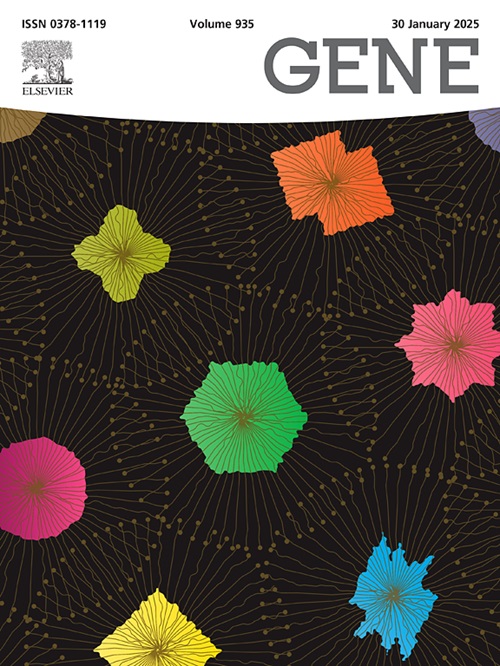Identify and analyze ferroptosis-related molecular modules and immune signatures in epilepsy using microarray-based transcriptome profiling and single-cell sequencing
IF 2.6
3区 生物学
Q2 GENETICS & HEREDITY
引用次数: 0
Abstract
Currently, the pathogenesis of epilepsy remains poorly understood. Although there is evidence indicating that iron death might play a significant role, its molecular immunological mechanisms are largely unknown. This study was designed to analyze and explore the molecular mechanisms and immunological characteristics of iron death-related genes in epilepsy. We obtained datasets of blood and brain tissues for epilepsy from the GEO database and the set of iron death-related genes from FerrDb. Through two machine learning algorithms, we identified three Hub genes, namely RELA, TFRC, and QSOX1. Unsupervised clustering revealed two distinct clusters. Immune infiltration analysis demonstrated that one cluster had significantly higher immune infiltration. We established an epilepsy diagnostic model and nomogram. The results were confirmed by RT-qPCR and Western Blot. Single-cell analysis showed that the SPP1 signalling pathway was overly activated in astrocytes and microglia. This study offers new perspectives and a theoretical foundation for the diagnosis of epilepsy.
求助全文
约1分钟内获得全文
求助全文
来源期刊

Gene
生物-遗传学
CiteScore
6.10
自引率
2.90%
发文量
718
审稿时长
42 days
期刊介绍:
Gene publishes papers that focus on the regulation, expression, function and evolution of genes in all biological contexts, including all prokaryotic and eukaryotic organisms, as well as viruses.
 求助内容:
求助内容: 应助结果提醒方式:
应助结果提醒方式:


